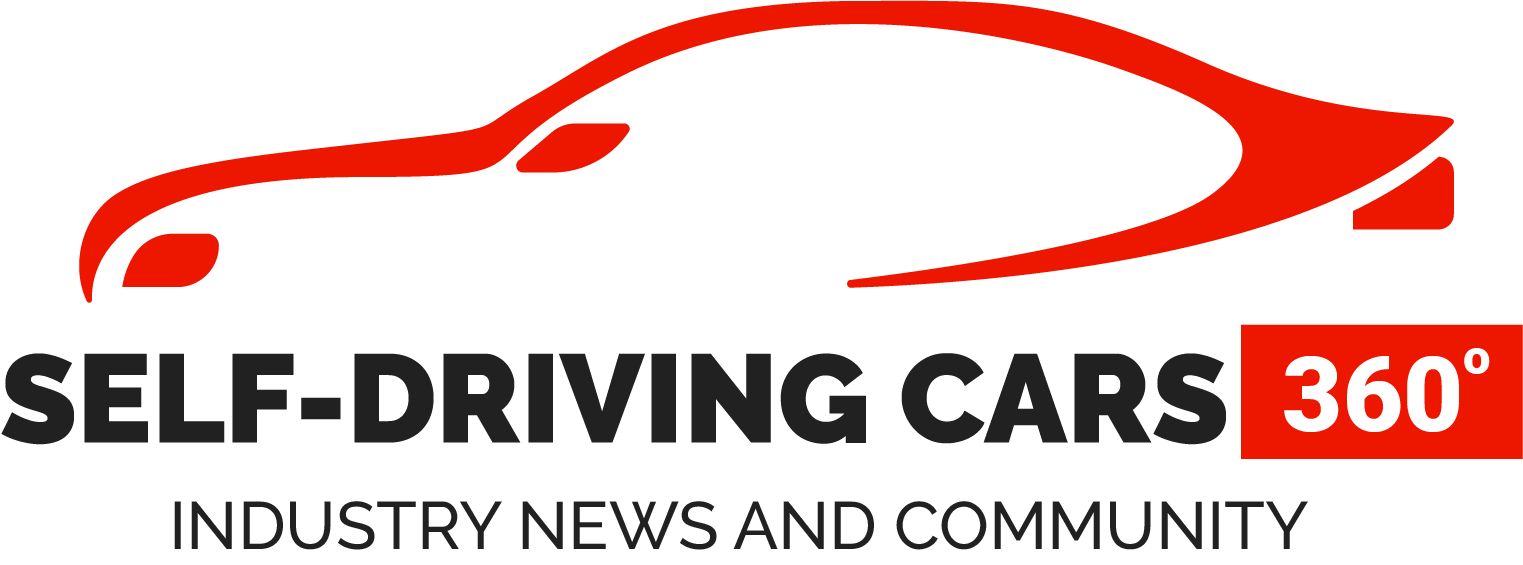Semantic segmentation refers to the process of linking each pixel in an image to a class label. These labels could include a person, car, flower, piece of furniture, etc., just to mention a few.
We can think of semantic segmentation as image classification at a pixel level. For example, in an image that has many cars, segmentation will label all the objects as car objects. However, a separate class of models known as instance segmentation is able to label the separate instances where an object appears in an image. This kind of segmentation can be very useful in applications that are used to count the number of objects, such as counting the amount of foot traffic in a mall.
Some of its primary applications are in autonomous vehicles, human-computer interaction, robotics, and photo editing/creativity tools. For example, semantic segmentation is very crucial in self-driving cars and robotics because it is important for the models to understand the context in the environment in which they’re operating.
Video:
